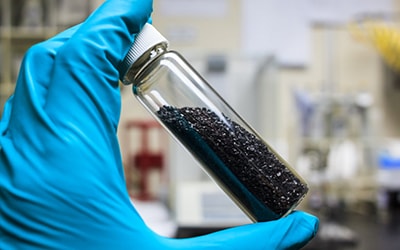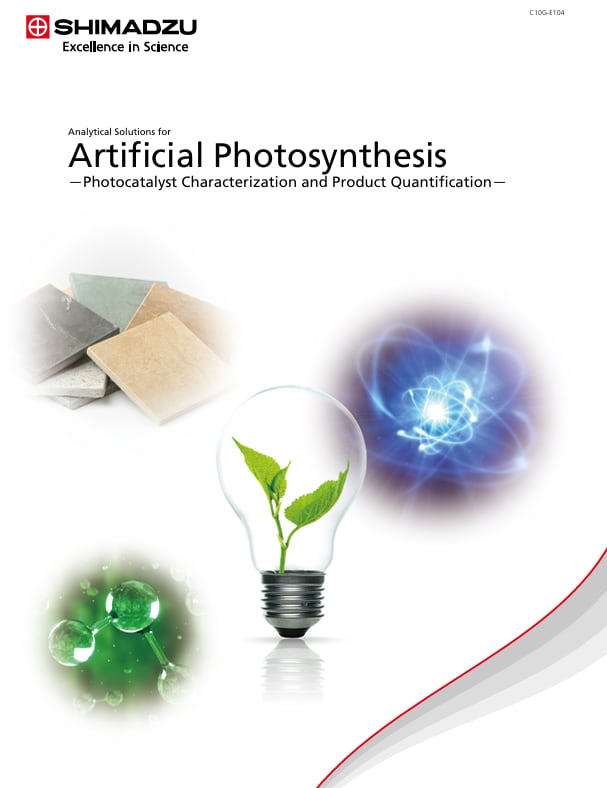Artificial Photosynthesis
Artificial Photosynthesis
Artificial photosynthesis is a technique to capture energy from the sun and store it chemically. It is expected to become the 4th renewable energy source along with photovoltaic, solar thermal, and biomass.
Shimadzu is collaborating with leading researchers and scientists to determine their needs and to develop novel analytical methods for the analysis of photosynthesis processes. Shimadzu offers a range of instruments used for research on artificial photosynthesis.


Analytical Solutions for Artificial Photosynthesis
Artificial photosynthesis is a technology that artificially performs photosynthesis using photocatalysts and sunlight. It is expected to be a next-generation renewable energy technology because it can convert light energy into useful compounds. Research is being conducted using artificial photosynthesis to produce "green hydrogen", which is hydrogen that does not emit carbon dioxide during production. It is also possible to generate useful compounds such as carbon monoxide, alcohols, formic acid, and hydrocarbons by reducing carbon dioxide. However, there are significant challenges in terms of cost and efficiency compared to conventional manufacturing processes when it comes to implementing it into society. To achieve the benchmark energy conversion efficiency of 10 % for practical implementation of artificial photosynthesis, it is essential to develop photocatalysts that can effectively utilize sunlight with a wide range of wavelength distributions and construct reaction systems with higher efficiency.




